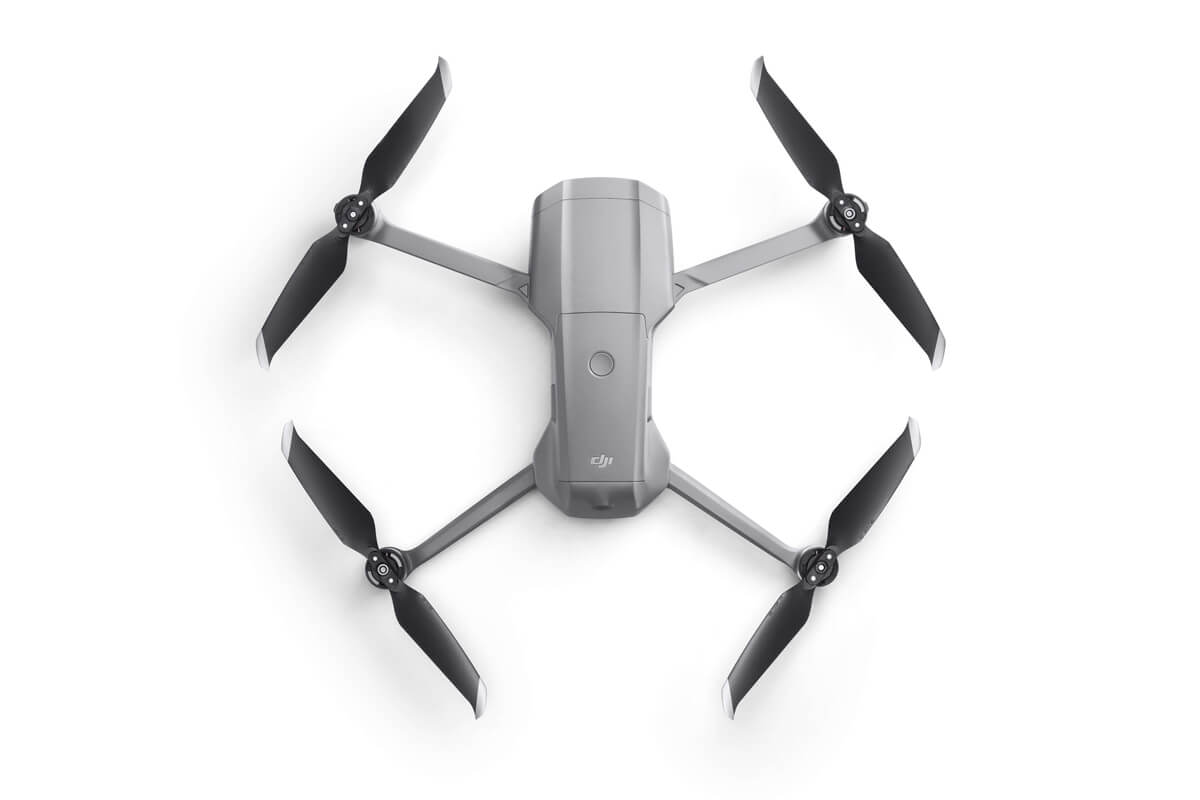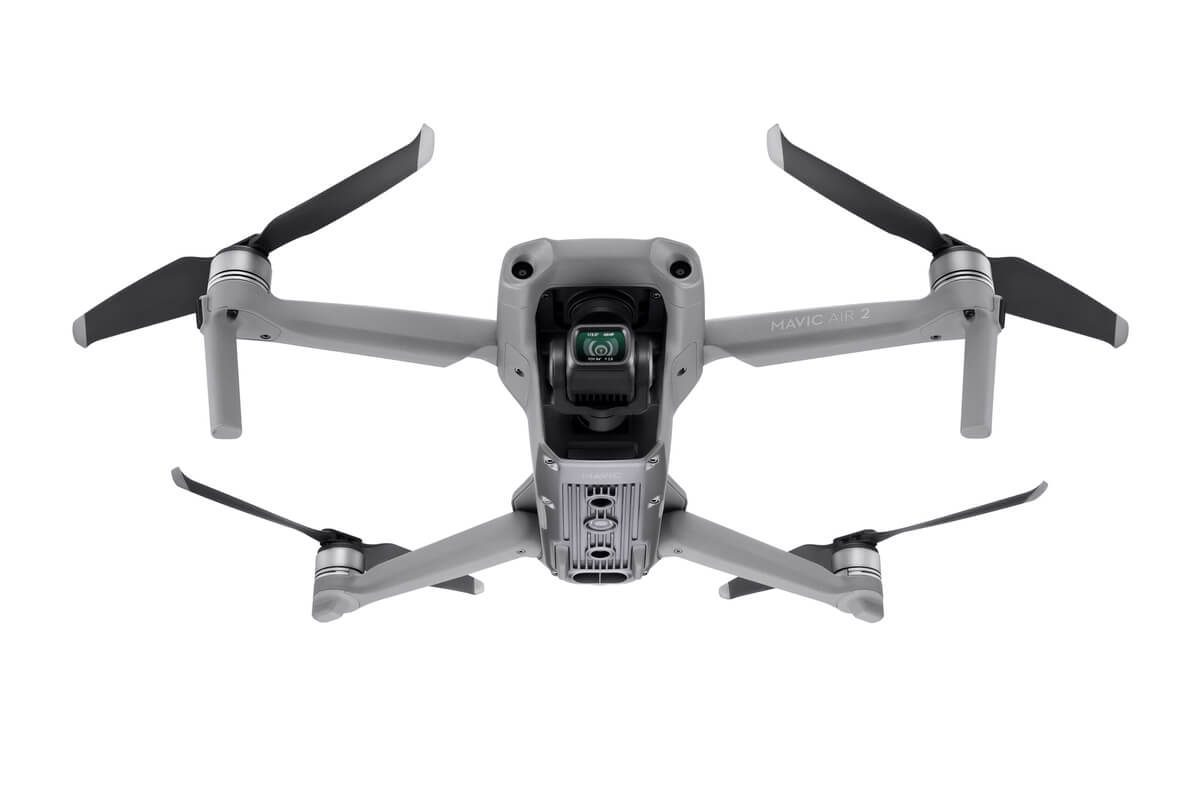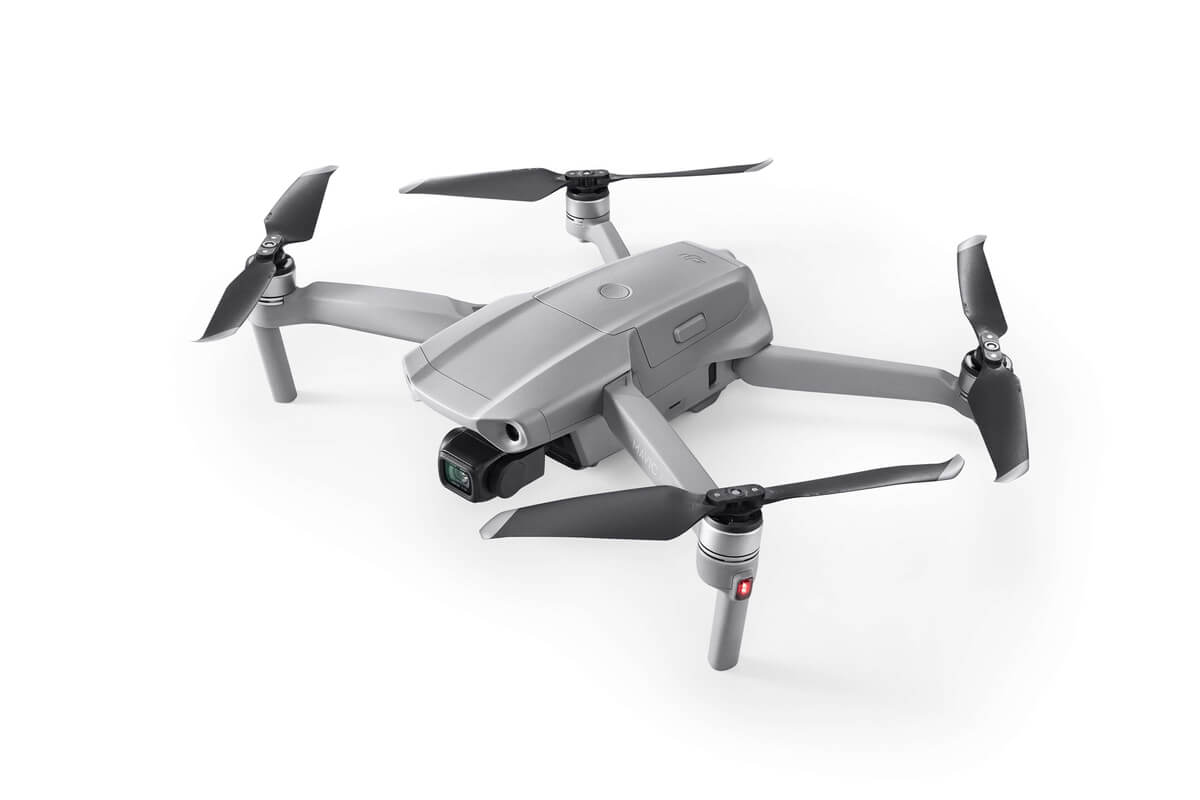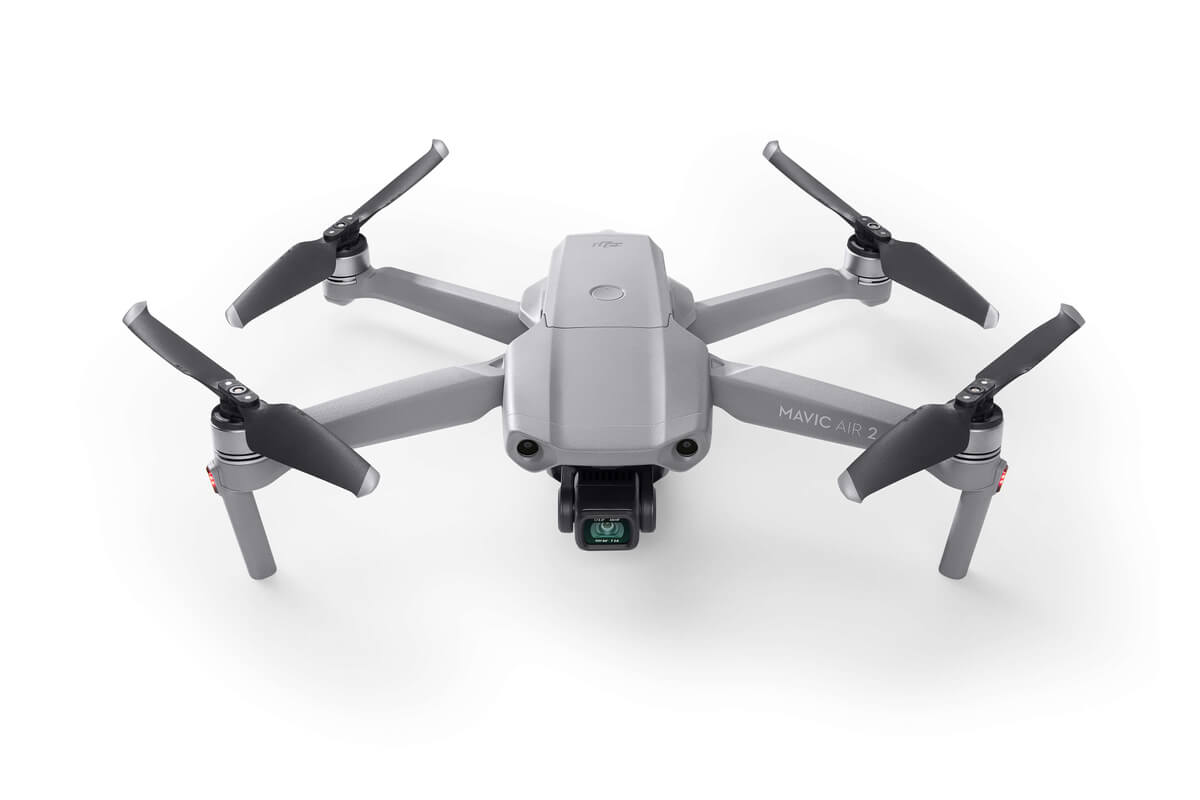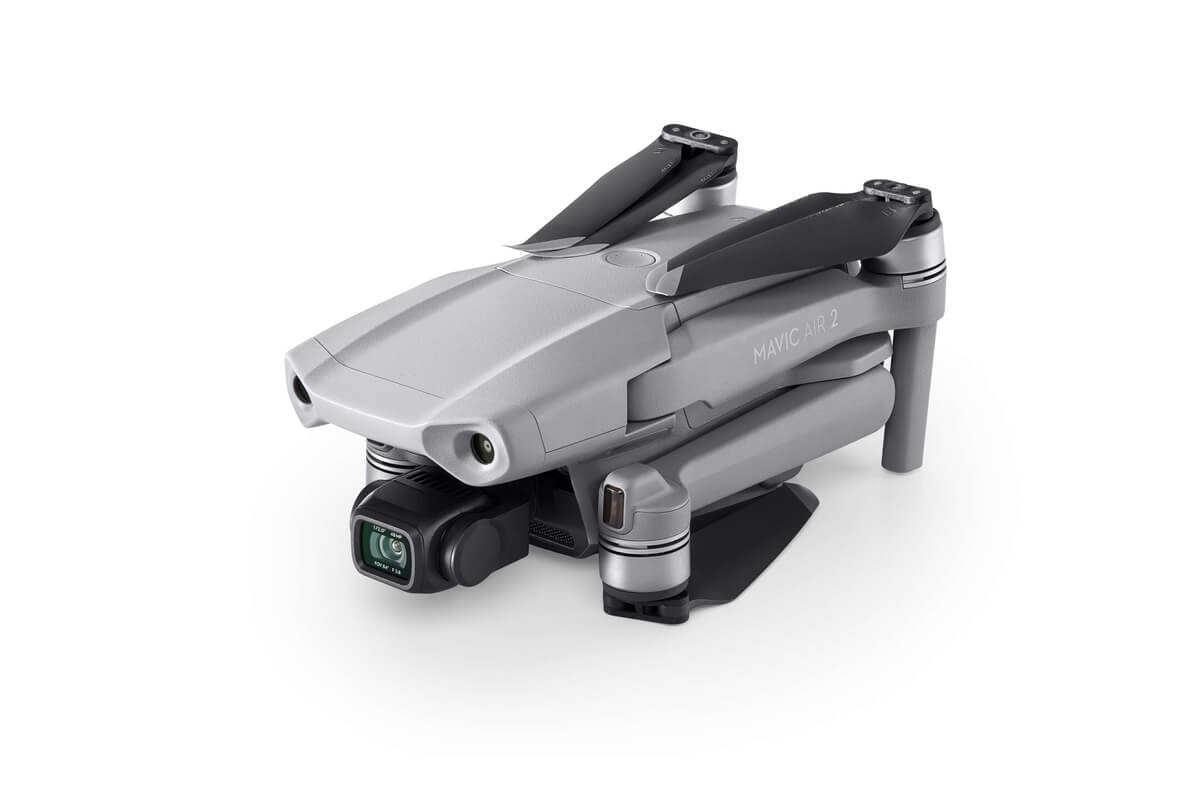DJI Mavic Air 2 Drone Takes Flight In A World With A "New Normal"
Drones, especially consumer drones, have varied uses these days, ranging from short-lived fun to amateur content creation. The latter often involves taking high-quality photos and videos of scenic landscapes or breath-taking stunts from the skies above. That is exactly the use case that DJI has envisioned for its latest consumer drone and while the Mavic Air 2 may be able to deliver on those promises, it may be flying over a slightly different world from when it was still in development.
DJI bills the Mavic Air 2 as its smartest, safest, and easiest-to-fly non-professional drone and a lot of that is thanks to its plethora of obstacle avoidance sensors, the new pilot-friendly controller with a smartphone clamp, and the larger battery that promises an average of 34 minutes of flying time. Despite those myriad sensors, though, the Mavic Air 2 lacks the top IR sensors that still gives the Mavic 2 Pro a professional edge.
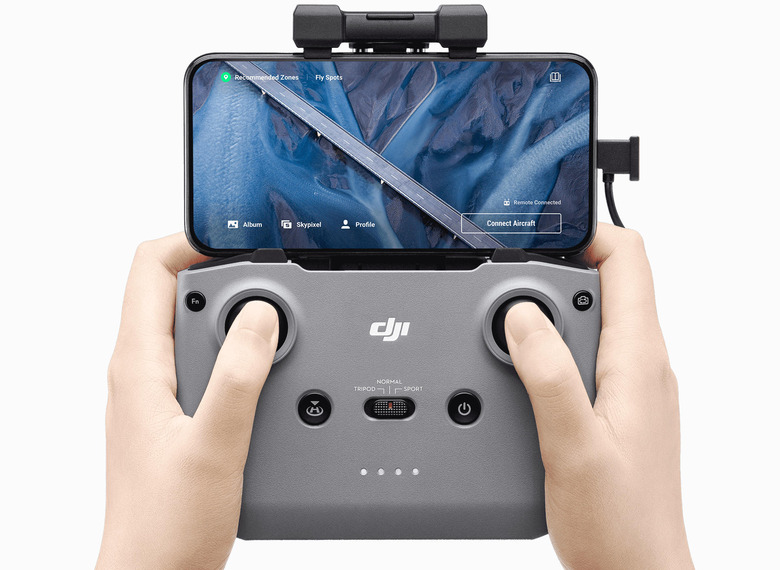
A new and larger 48 megapixel image sensor also opens the doors to new content creation opportunities, including 4K 30p video recording as well as 8K hyperlapse. Smart features like updated ActiveTrack 3.0, Point of Interest 3.0, and Spotlight 2.0 ensure that the chosen subject will always be in frame.
Of course, all those photos and footage aren't meant to stay in the drone. DJI's OcuSync 2.0 transmission technology utilizes 2.4GHz or 5.8GHz wireless frequency bands to stream HD video feed from drone to a smartphone app. The DJI Fly app, on the other hand, makes short work of editing video clips for quick and easy sharing on social media.
The DJI Mavic Air 2 will retail for $799 for a standard package. Due to the current global situation, the drone is currently available only in China but buyers from other markets can pre-order one now and expect those to ship by mid-May. Those same conditions may make flying and using the new Mavic Air 2 a tad more difficult if not inconvenient but, at the same time, drones like it could be how some people create and record events from safe and healthy distances in the near future.

